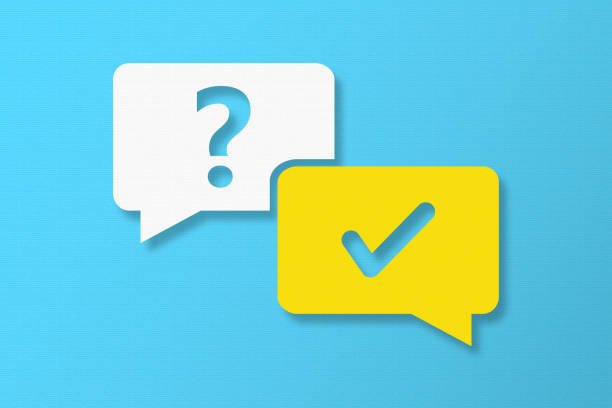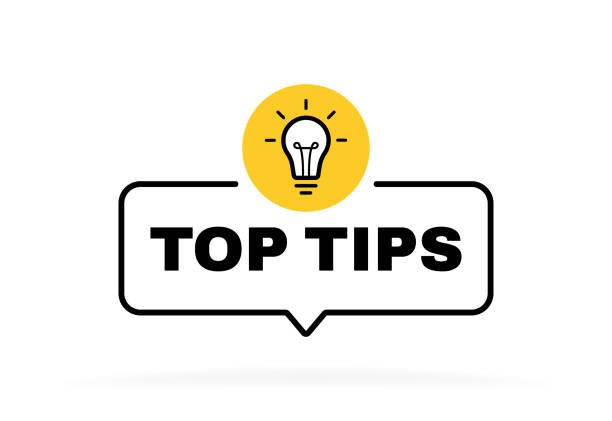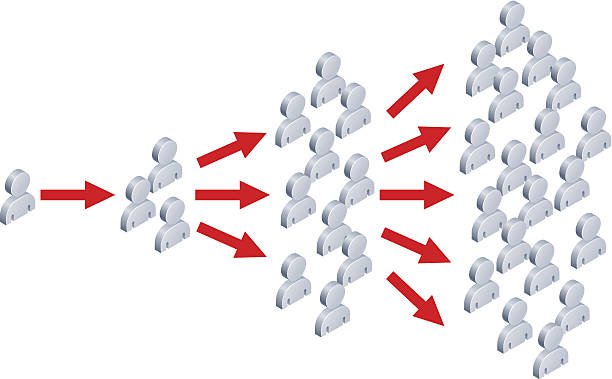Creating Pinterest-Worthy Content: Answer Questions, Solve Problems, and Share Tips
If you’re looking to create blog content that performs well on Pinterest, the formula is simple: answer questions, solve problems, and provide actionable tips. Pinterest is a search engine at its core, and users flock to it to find solutions to their everyday needs. Whether they’re planning an event, tackling a DIY project, or looking for inspiration, they rely on clear, helpful, and actionable content.
In this guide, you’ll learn why this type of content resonates so well with Pinterest users, how to create it, and strategies to ensure your blog posts and pins gain traction on the platform.
Why Pinterest Loves Problem-Solving Content

Pinterest is often called “the visual search engine,” and like Google, it thrives on content that directly addresses user needs. When someone searches on Pinterest, they’re usually looking for a solution to a specific problem, such as:
- “How to meal prep for busy weeks.”
- “Best exercises for weight loss.”
- “DIY decor for small spaces.”
Content that answers these types of questions is highly searchable, shareable, and saves users time. It’s no surprise that this kind of content tends to perform exceptionally well.
Key Reasons Problem-Solving Content Excels:
- It’s Intent-Driven: People on Pinterest are actively searching for solutions, so if your content matches their intent, it’s more likely to be clicked and saved.
- It’s Evergreen: Most actionable content—like recipes, how-tos, and guides—remains relevant for months or even years.
- It Encourages Saves: Content that provides value is often saved to users’ boards for future reference, increasing its reach over time.
How to Create Pinterest-Worthy Content

1. Answer Specific Questions
Start by identifying the questions your target audience is asking. These might include:
- “What’s the best way to organize my kitchen?”
- “How do I start a garden from scratch?”
- “What are the best travel hacks for families?”
Use tools like Pindodo, Pinterest search (type a keyword and see suggested phrases), Google’s “People Also Ask” section, or AnswerThePublic to uncover the exact questions people are searching for in your niche.
Once you’ve identified a question, create a blog post that answers it thoroughly. For example, if someone searches for “how to organize a pantry,” a detailed guide with actionable tips, photos, and product recommendations will not only solve their problem but also keep them engaged on your blog.
2. Solve Problems with Practical Advice
The key to successful problem-solving content is practicality. Pinterest users don’t just want to know what to do—they want to know how to do it, step by step.
Examples of Problem-Solving Blog Topics:
- Niche-Specific Problems: “How to keep succulents alive indoors” or “How to repair ripped jeans without sewing.”
- Everyday Dilemmas: “Meal ideas for picky eaters” or “How to remove stubborn stains from carpets.”
- Seasonal Needs: “DIY holiday gifts on a budget” or “Best summer road trip routes.”
Each of these examples addresses a pain point with actionable solutions, making them perfect for Pinterest audiences.
3. Provide Actionable Tips
Actionable tips are the bread and butter of Pinterest content. People are more likely to save and share posts that teach them something they can implement right away.
How to Structure Actionable Content:
- Step-by-Step Instructions: Break down your advice into simple, digestible steps. Use numbered lists or bullet points for clarity.
- Visual Aids: Include images, infographics, or videos to make your tips more engaging and easier to follow.
- Call to Action: Encourage readers to try your tips immediately by ending your post with a challenge or action plan.
For instance, if you’re writing a post about “10 ways to reduce household waste,” include specific examples like switching to reusable grocery bags or making DIY cleaning products. Visuals showing the steps in action will further enhance the post’s value.
Make Your Blog Posts Pinterest-Ready

Creating great content is only half the battle—you also need to optimize it for Pinterest. Here’s how:
1. Design Eye-Catching Pin Graphics
Your pins are the gateway to your blog, so they need to stand out.
- Use Bold Fonts: Ensure your text is easy to read, even on mobile devices.
- Bright Colors: Pins with contrasting colors tend to perform better.
- Include Keywords: Add the post title or a catchy tagline that highlights the main value of your blog post.
2. Optimize for SEO
Pinterest is a search engine, so your pins and blog posts need to be keyword-optimized.
- Use keywords naturally in your pin descriptions, titles, and blog headers.
- Include long-tail keywords that align with user searches, like “easy meal prep for beginners” or “affordable backyard landscaping tips.”
3. Make It Easy to Save
Add a Pinterest Save Button to your blog posts so users can pin your content directly to their boards. The easier you make it for readers to share your content, the more reach it will have.
Types of Content That Perform Well on Pinterest
Certain content types consistently perform well on Pinterest because they align with user behavior and needs:
- How-To Guides: Teach users how to do something step-by-step.
- Listicles: “10 Best…,” “7 Easy Tips for…,” or “5 Things You Need to Know About…”
- Infographics: Visual summaries of your blog post that deliver quick, digestible insights.
- Seasonal Content: Posts tailored to holidays, seasons, or upcoming events.
- Product Recommendations: Curated lists of products that solve specific problems.
Case Study: Why This Works
Let’s say you write a blog post titled “5 Easy Ways to Declutter Your Closet.” Here’s how this post checks all the boxes for Pinterest success:
- Answers a Specific Question: “How can I declutter my closet?”
- Solves a Problem: Helps users tackle an overwhelming task.
- Provides Actionable Tips: Breaks the process into simple steps, like sorting by category, donating unused items, and organizing by season.
- Visual Appeal: Includes before-and-after photos or a graphic showing an organized closet.
With the right pin design and optimized description, this post could become a highly shareable piece of content on Pinterest.
Final Thoughts
Content that answers questions, solves problems, and provides actionable tips is the cornerstone of Pinterest success. By understanding your audience’s needs and creating value-packed blog posts tailored to their searches, you can not only drive traffic to your site but also establish yourself as an authority in your niche.
Remember to pair your content with eye-catching pin graphics, keyword optimization, and a clear call to action to maximize your reach. Start crafting content today that makes users say, “This is exactly what I was looking for!”







